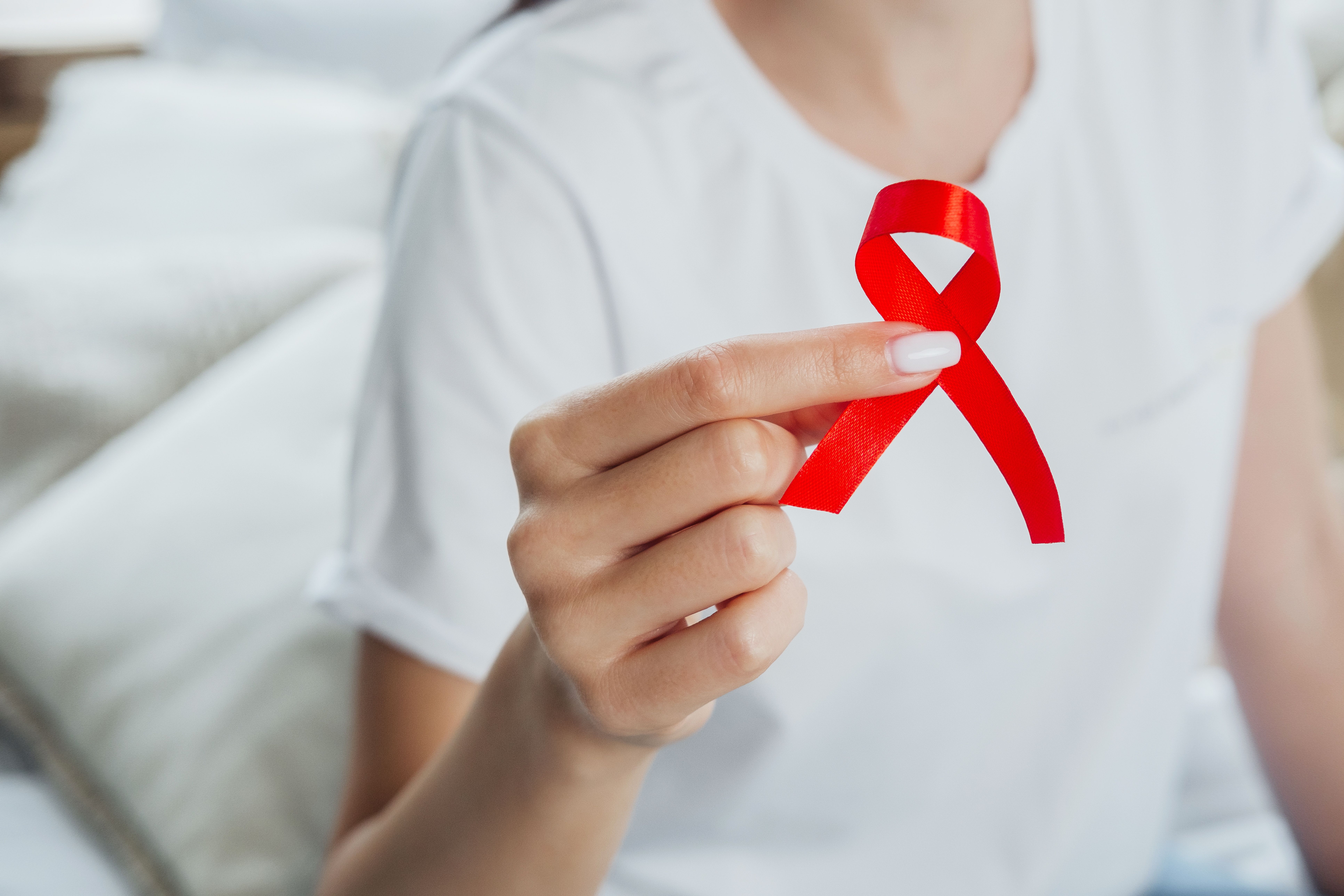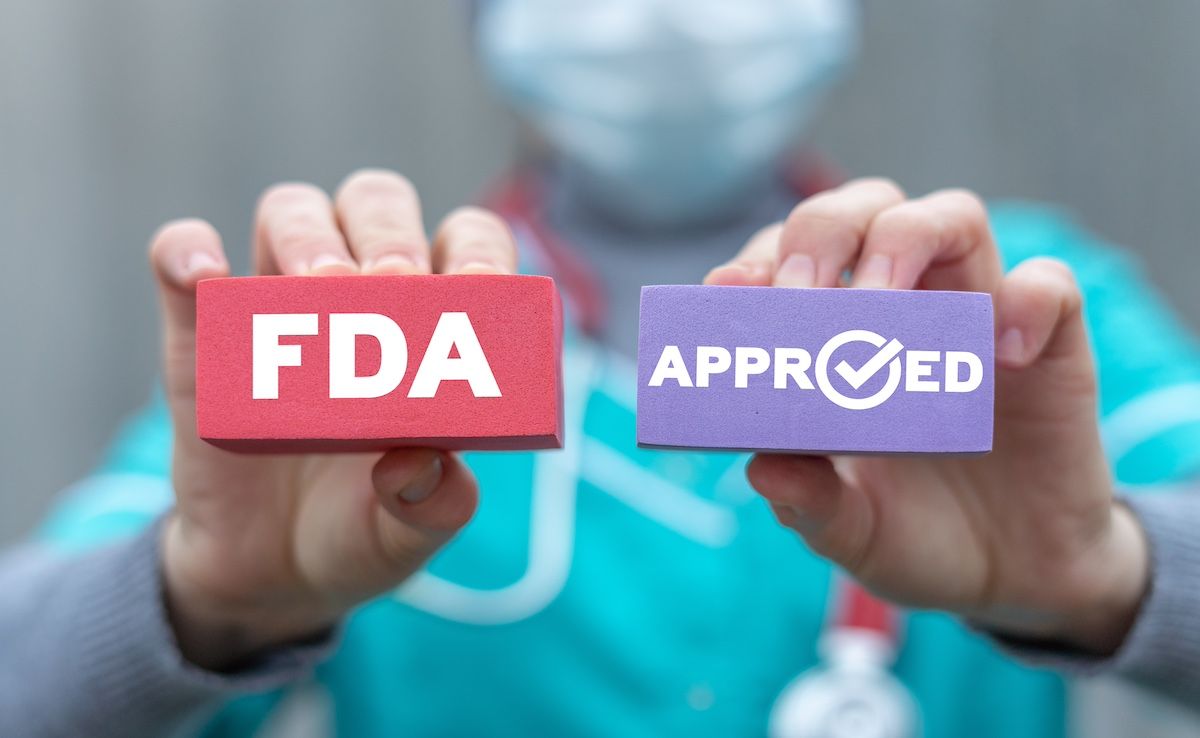Article
Rates of Young Opioid Users Receiving Pharmacotherapy Remain Low, Study Finds
Author(s):
As the opioid epidemic continues across America, medication-assisted therapies, like buprenorphine or naltrexone, have been highlighted as an important tool. However, a new study indicates that the number of young people with opioid use disorder who actually receive these medications remains low, although it has increased since 2001.
As the opioid epidemic continues across America, medication-assisted therapies like buprenorphine or naltrexone have been highlighted as an important tool. However, a new study indicates that the number of young people with opioid use disorder (OUD) who actually receive these medications remains low, although it has increased since 2001.
Buprenorphine and naltrexone are medications that affect opioid receptors, making relapse and overdose less likely. Although they have demonstrated their efficacy, there is little evidence to indicate how many young Americans with OUD are receiving these therapies, according to the study published in JAMA Pediatrics.
Researchers used a large claims database to identify youths aged 13 to 25 years who had been diagnosed with OUD between 2001 and 2014. They then used pharmacy claims to identify those who had received buprenorphine or naltrexone within 6 months of the diagnosis, representing the main outcome of interest. They also collected data on covariates like sex, age, race/ethnicity, and the educational and poverty levels of one’s neighborhood.
During the study period, just over one-fourth (26.8%) of the youth with OUD had received either drug within 6 months of their first diagnosis. Overall, this proportion had increased over time, as the rate escalated from 3% in 2002 to its peak at 31.8% in 2009, before declining slightly to 27.5% by 2014.
The researchers also found that the odds of receiving buprenorphine relative to naltrexone increased from 2002 (when the FDA approved the former) to 2010, but the approval of intramuscular extended-release naltrexone in that year was associated with increasing odds of receiving naltrexone relative to buprenorphine, a pattern that persisted from 2010 through 2014.
There were several sociodemographic disparities in the receipt of buprenorphine or naltrexone among youth with OUD. For instance, males were more likely to receive these drugs than females (28.7% vs 23.1%), and the likelihood of receiving the drugs increased for older age groups. Black and Hispanic youth were significantly less likely to receive the medications than their white counterparts (18.1% and 23.4%, respectively, vs 27.1%).
Buprenorphine was more commonly administered compared with naltrexone, as it accounted for 89.2% of prescriptions. However, some populations were more likely to receive one medication instead of the other; younger or female patients were more likely to receive naltrexone, as well as those living in metropolitan areas or neighborhoods with higher educational levels or lower poverty levels.
The low rates of receiving buprenorphine or naltrexone among youth with OUD were described by the study authors as “revealing a potentially critical treatment gap,” which they suggested may have been due to the sharply rising incidence of OUD diagnoses as well as gains in insurance coverage among young adults.
“Since most youth with OUD do not receive medications in a timely manner, strategies to improve access to evidence-based treatment for adolescents are needed,” the researchers wrote. Greater knowledge of and training for these therapy options among physicians and pediatricians is essential so these primary care clinicians can help ease the burden on the scarce pediatric addiction subspecialists.
“In the face of a worsening opioid crisis in the United States, strategies to expand the use of pharmacotherapy for adolescents and young adults are greatly needed, and special care is warranted to ensure equitable access for all affected youth to avoid exacerbating health disparities,” the study concluded.




